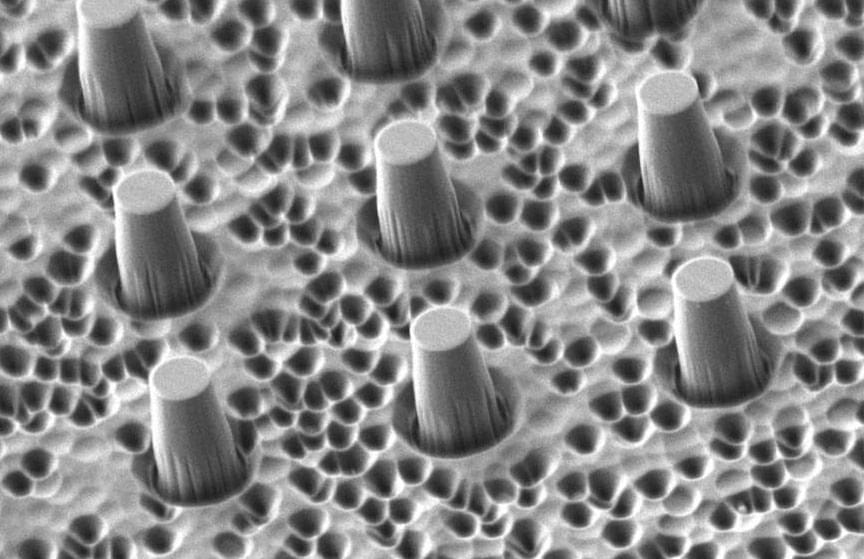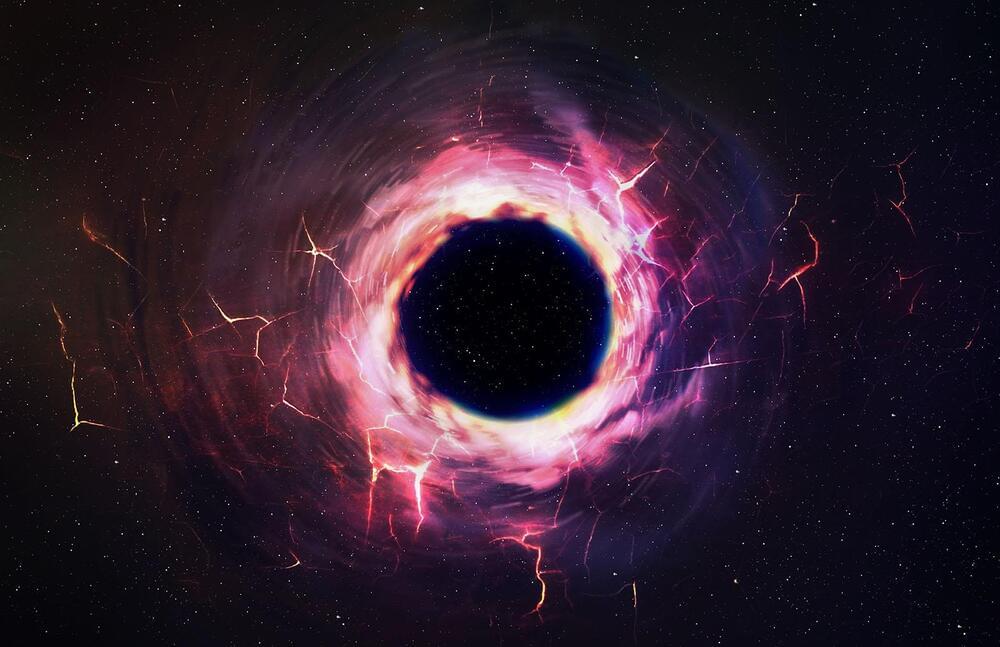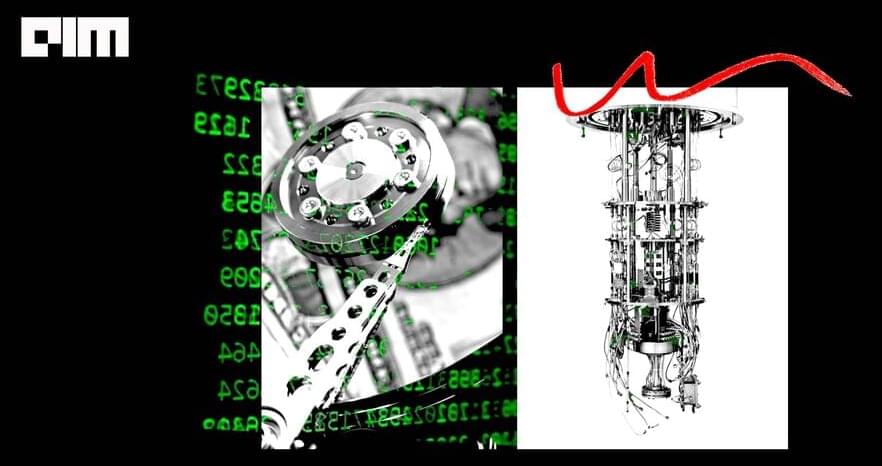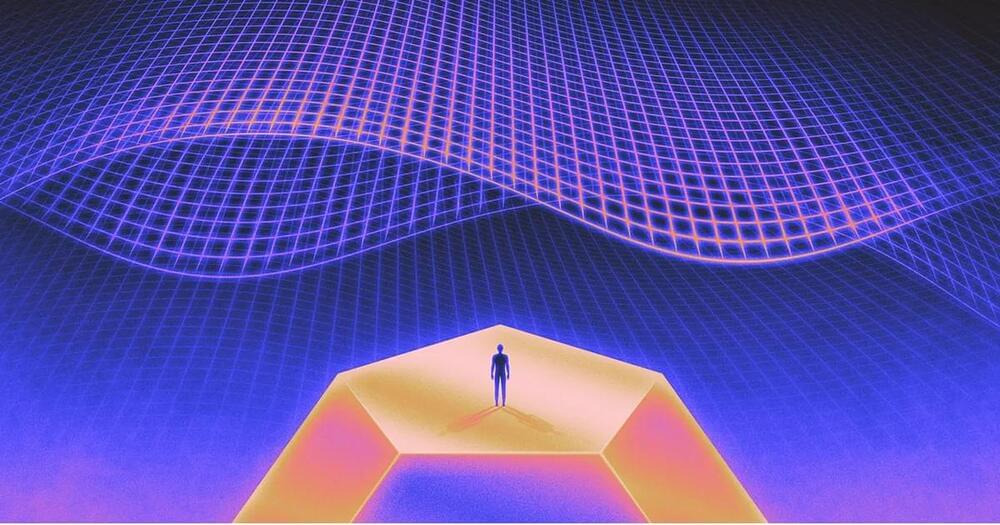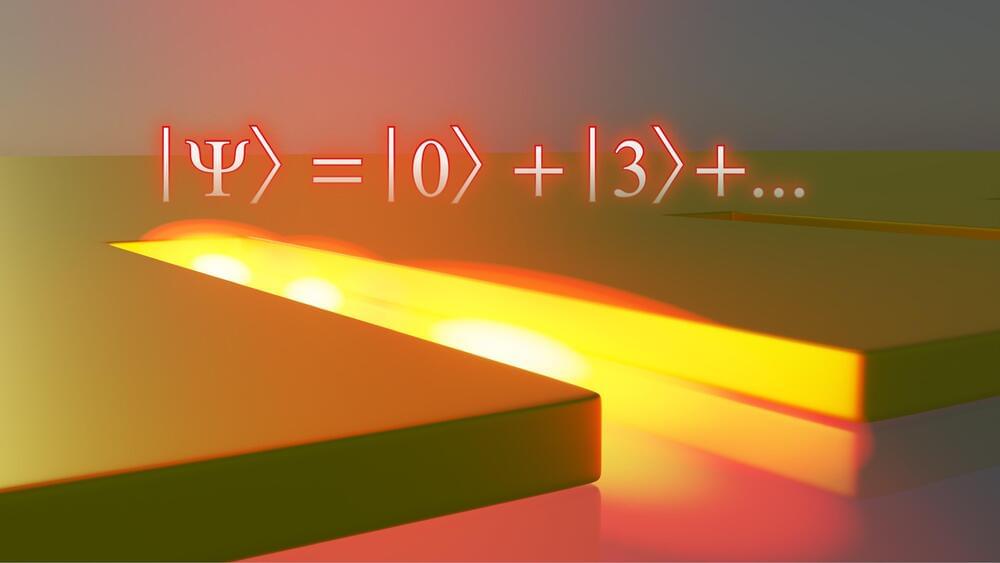Archive for the ‘quantum physics’ category: Page 315
Feb 18, 2023
A molecular close-up
Posted by Dan Breeden in categories: biotech/medical, chemistry, quantum physics
Imagine going for an MRI scan of your knee. This scan measures the density of water molecules present in your knee, at a resolution of about one cubic millimeter – which is great for determining whether, for example, a meniscus in the knee is torn. But what if you need to investigate the structural data of a single molecule that’s five cubic nanometers, or about ten trillion times smaller than the best resolution current MRI scanners are capable of producing? That’s the goal for Dr. Amit Finkler of the Weizmann Institute of Science’s Chemical and Biological Physics Department.
In a recent study (Physical Review Applied, “Mapping Single Electron Spins with Magnetic Tomography”), Finkler, PhD student Dan Yudilevich and their collaborators from the University of Stuttgart, Germany, have managed to take a giant step in that direction, demonstrating a novel method for imaging individual electrons. The method, now in its initial stages, might one day be applicable to imaging various kinds of molecules, which could revolutionize the development of pharmaceuticals and the characterization of quantum materials.
The experimental set-up: A 30-micron-thick diamond membrane with one sensor, on average, at the top of each column, magnified 2,640 times (top) and 32,650 times (bottom)
Feb 18, 2023
Researchers think alien civilizations might be creating black holes to store quantum data
Posted by Paul Battista in categories: alien life, computing, existential risks, quantum physics
A new paper has proposed an absolutely wild idea. What if aliens are creating black holes to use as quantum storage? It sounds crazy, but some scientists say it could give us a solution to the Fermi Paradox, which essentially states that if life is common in our universe, why have we not found evidence of it beyond Earth?
This paradox has caused quite a few ripples throughout the scientific community, especially within parts that believe alien life is out there, just waiting to be discovered. The new paper has yet to be peer-reviewed, but it was created by a team of German and Georgian scientists who say we may be looking in the wrong direction in our search for alien life.
Currently, we rely on radio signals to search for signs of life out in the universe. But, these researchers suggest that we should instead approach black holes as if alien civilizations created them as massive quantum computers to store data in. As such, we should be looking for technosignatures emanating from megastructures like pulsars, white dwarf stars, and black holes.
Feb 17, 2023
Curious about quantum?
Posted by Jose Ruben Rodriguez Fuentes in categories: futurism, quantum physics
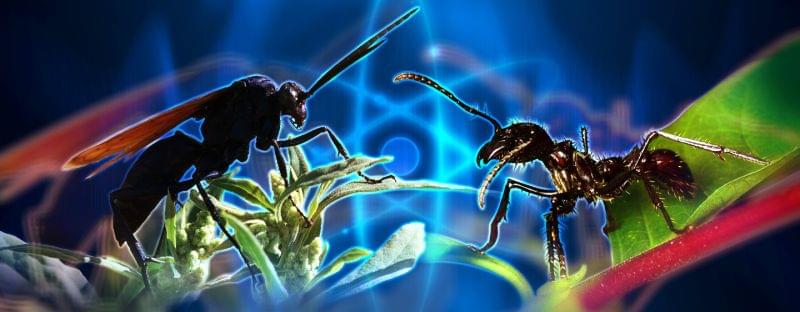
As “Ant-Man and the Wasp: Quantumania” hits theaters, learn about the future of quantum and NSF efforts to advance the quantum future.
Feb 17, 2023
AI, multi-cloud, quantum computing to drive digital transformation in 2023: HCL Tech
Posted by Jose Ruben Rodriguez Fuentes in categories: quantum physics, robotics/AI
‘We’ve put together the top 10 technology trends to watch out for in 2023 that will help enterprises be future-ready and build resilience within their organisation to thrive in any new normal,’ Kalyan Kumar, Chief Technology Officer and Head of Ecosystems of HCL Tech said in a release.
Feb 17, 2023
6 Quantum Algorithms That Will Change Computing Forever
Posted by Jose Ruben Rodriguez Fuentes in categories: computing, information science, quantum physics, security
Here is a list of some of the most popular quantum algorithms highlighting the significant impact quantum can have on the classical world:
Shor’s Algorithm
Our entire data security systems are based on the assumption that factoring integers with a thousand or more digits is practically impossible. That was until Peter Shor in 1995 proposed that quantum mechanics allows factorisation to be performed in polynomial time, rather than exponential time achieved using classical algorithms.
Feb 17, 2023
Multiverse Warfare & Quantum Mania
Posted by Dan Breeden in categories: cosmology, military, quantum physics
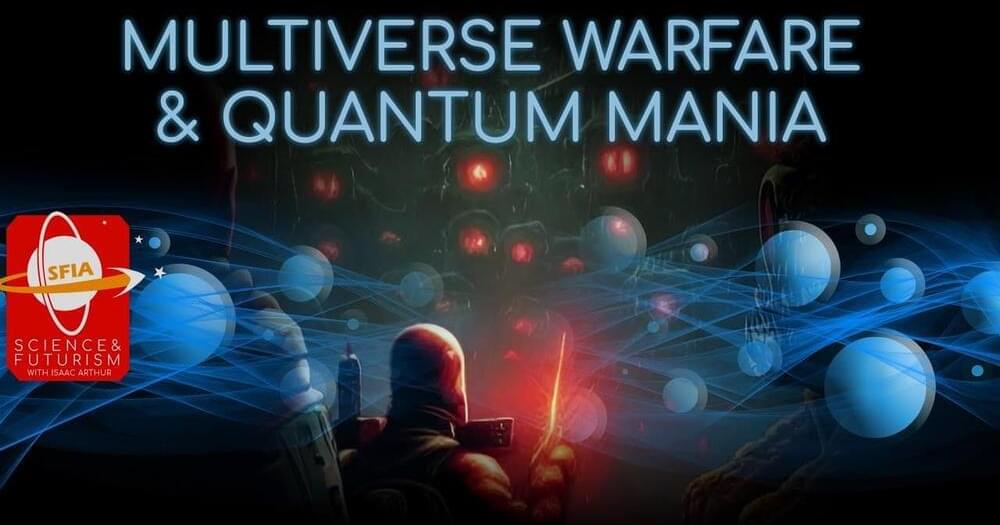
Go to https://nordpass.com/isaacnordpass and use code isaacnordpass at the checkout to get additional 1 month for FREE!
If travel to other realities and multiverses is possible, then so is conflict between them, but how would a multiversal war be fought?
Visit our Website: http://www.isaacarthur.net.
Join Nebula: https://go.nebula.tv/isaacarthur.
Support us on Patreon: https://www.patreon.com/IsaacArthur.
Support us on Subscribestar: https://www.subscribestar.com/isaac-arthur.
Facebook Group: https://www.facebook.com/groups/1583992725237264/
Reddit: https://www.reddit.com/r/IsaacArthur/
Twitter: https://twitter.com/Isaac_A_Arthur on Twitter and RT our future content.
SFIA Discord Server: https://discord.gg/53GAShE
Feb 16, 2023
Quantum Field Theory Pries Open Mathematical Puzzle
Posted by Dan Breeden in categories: mathematics, quantum physics, space
The “rank” of a graph is the number of loops it has; for each rank of graphs, there exists a moduli space. The size of this space grows quickly — if you fix the lengths of the graph’s edges, there are three graphs of rank 2, 15 of rank 3,111 of rank 4, and 2,314,204,852 of rank 10. On the moduli space, these lengths can vary, introducing even more complexity.
The shape of the moduli space for graphs of a given rank is determined by relationships between the graphs. As you walk around the space, nearby graphs should be similar, and should morph smoothly into one another. But these relationships are complicated, leaving the moduli space with mathematically unsettling features, such as regions where three walls of the moduli space pass through one another.
Mathematicians can study the structure of a space or shape using objects called cohomology classes, which can help reveal how a space is put together. For instance, consider one of mathematicians’ favorite shapes, the doughnut. On the doughnut, cohomology classes are simply loops.
Feb 16, 2023
A future with quantum biology — with Alexandra Olaya-Castro
Posted by Jose Ruben Rodriguez Fuentes in categories: biological, quantum physics
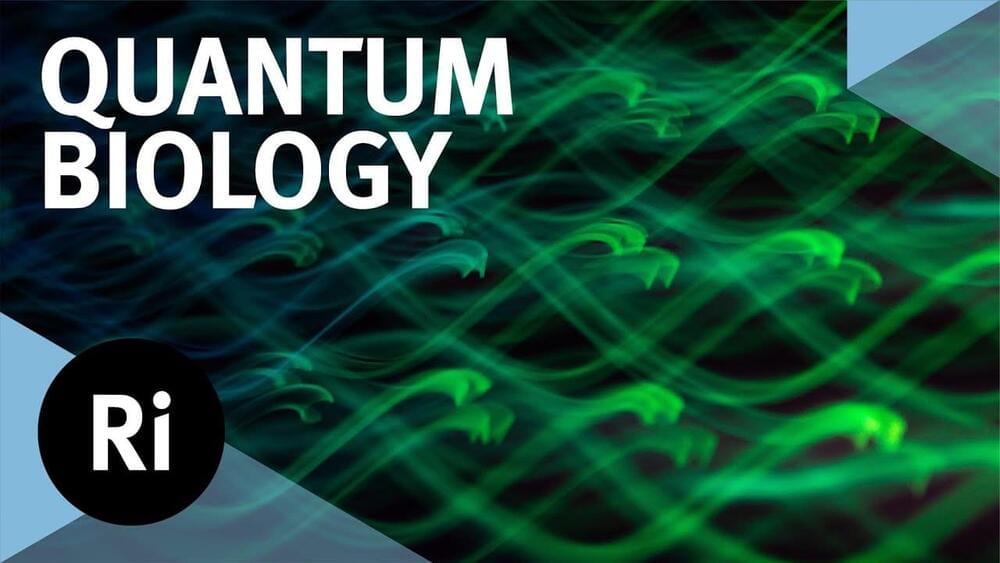
Scientific and technological advances have enabled us to zoom into the biological world. We can get down to the biomolecular scale, a domain where quantum phenomena can take place and therefore cannot be neglected.
Watch the Q&A with Alexandra here: https://youtu.be/_rElT2_NukY
Subscribe for regular science videos: http://bit.ly/RiSubscRibe.
Continue reading “A future with quantum biology — with Alexandra Olaya-Castro” »
Feb 16, 2023
When the light is neither ‘on’ nor ‘off’ in the nanoworld
Posted by Shubham Ghosh Roy in categories: computing, nanotechnology, particle physics, quantum physics
Whether the light in our living spaces is on or off can be regulated in everyday life simply by reaching for the light switch. However, when the space for the light is shrunk to a few nanometers, quantum mechanical effects dominate, and it is unclear whether there is light in it or not. Both can even be the case at the same time, as scientists from the Julius-Maximilians-Universität Würzburg (JMU) and the University of Bielefeld show in the journal Nature Physics (“Identifying the quantum fingerprint of plasmon polaritons”).
“Detecting these exotic states of quantum physics on the size scales of electrical transistors could help in the development of optical quantum technologies of future computer chips,” explains Würzburg professor Bert Hecht. The nanostructures studied were produced in his group.
The technology of our digital world is based on the principle that either a current flows or it does not: one or zero, on or off. Two clear states exist. In quantum physics, on the other hand, it is possible to disregard this principle and create an arbitrary superposition of the supposed opposites. This increases the possibilities of transmitting and processing information many times over. Such superposition states have been known for some time, especially for the particles of light, so-called photons, and are used in the detection of gravitational waves.

